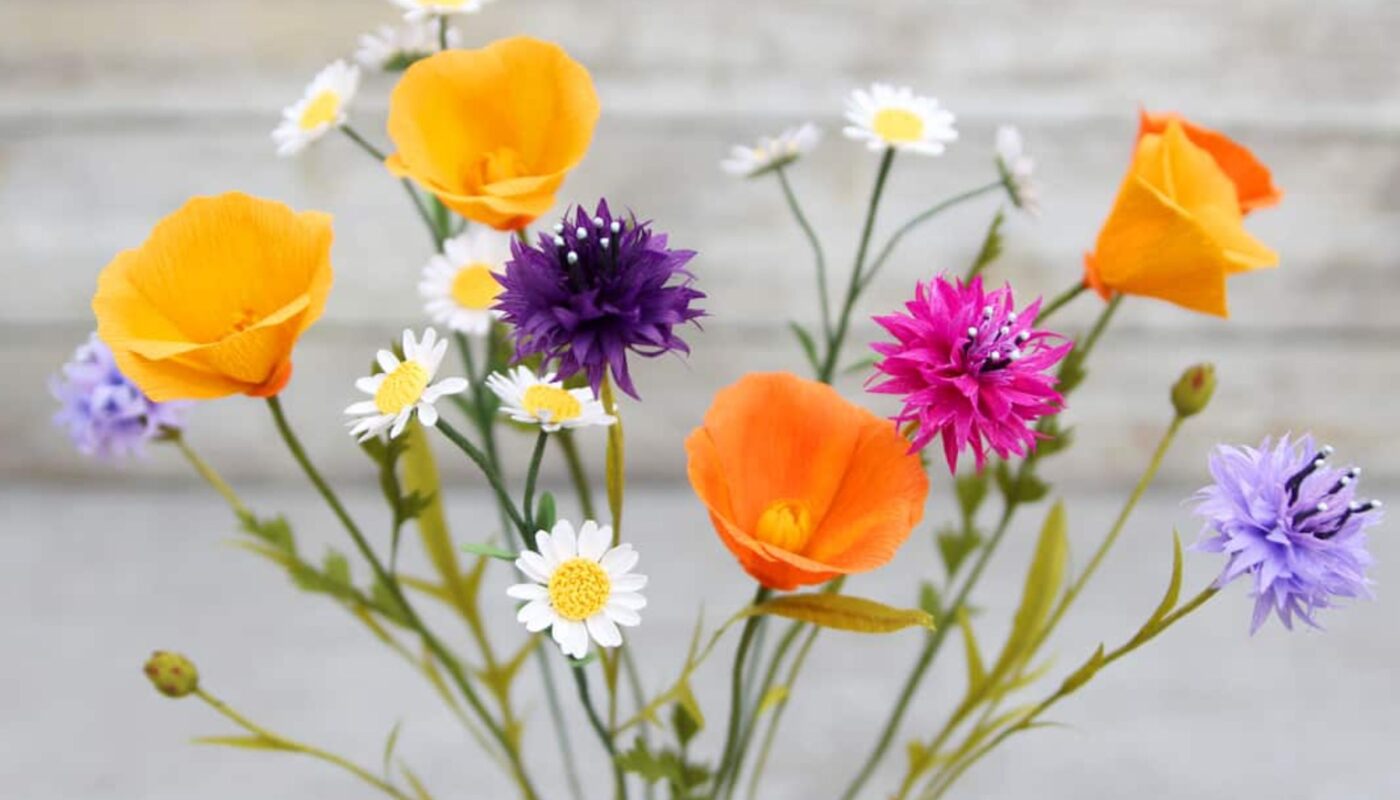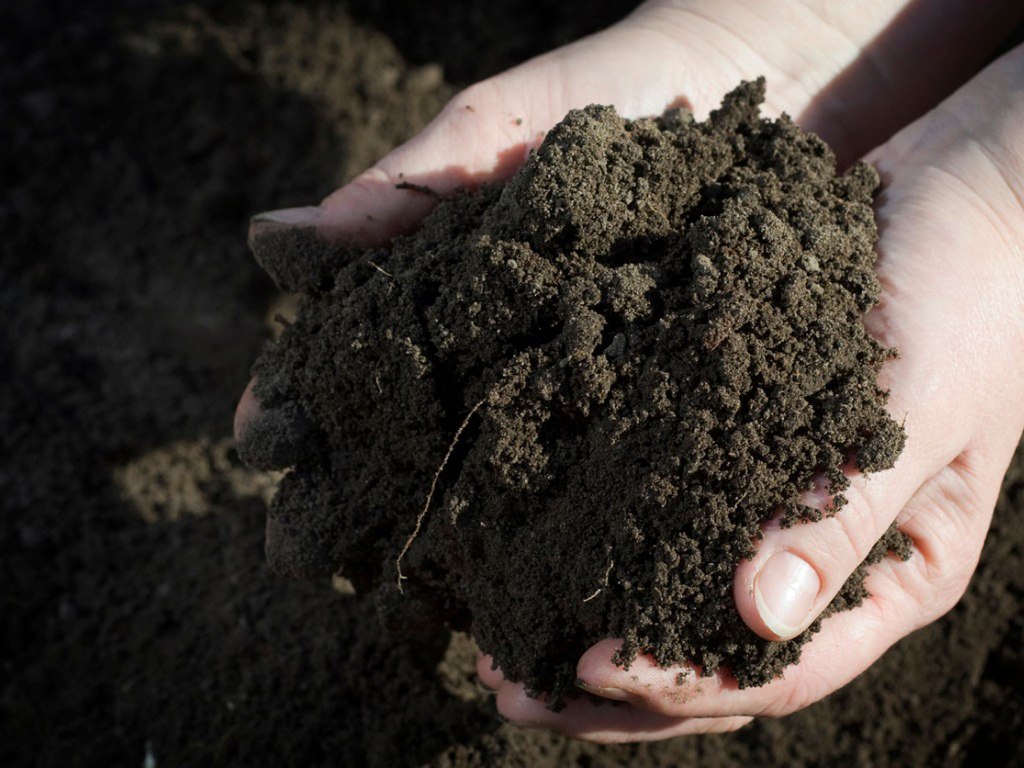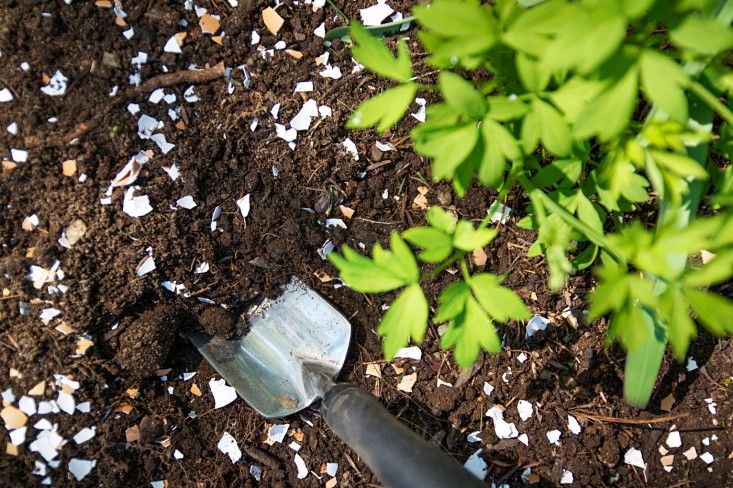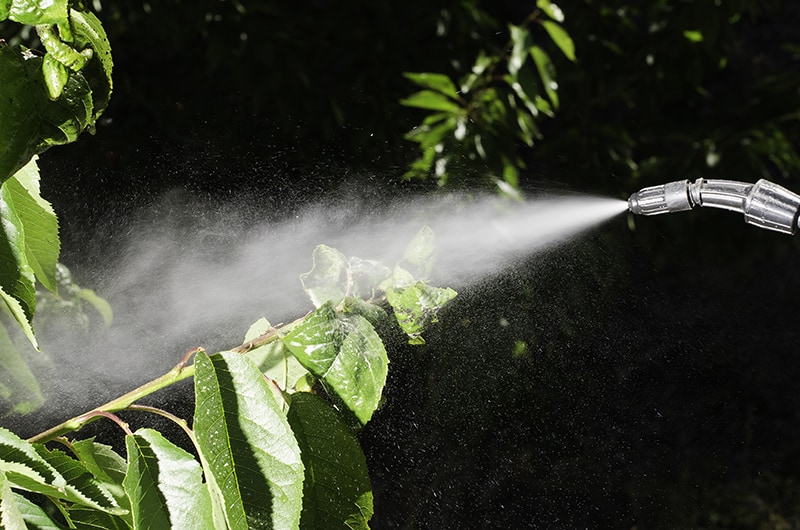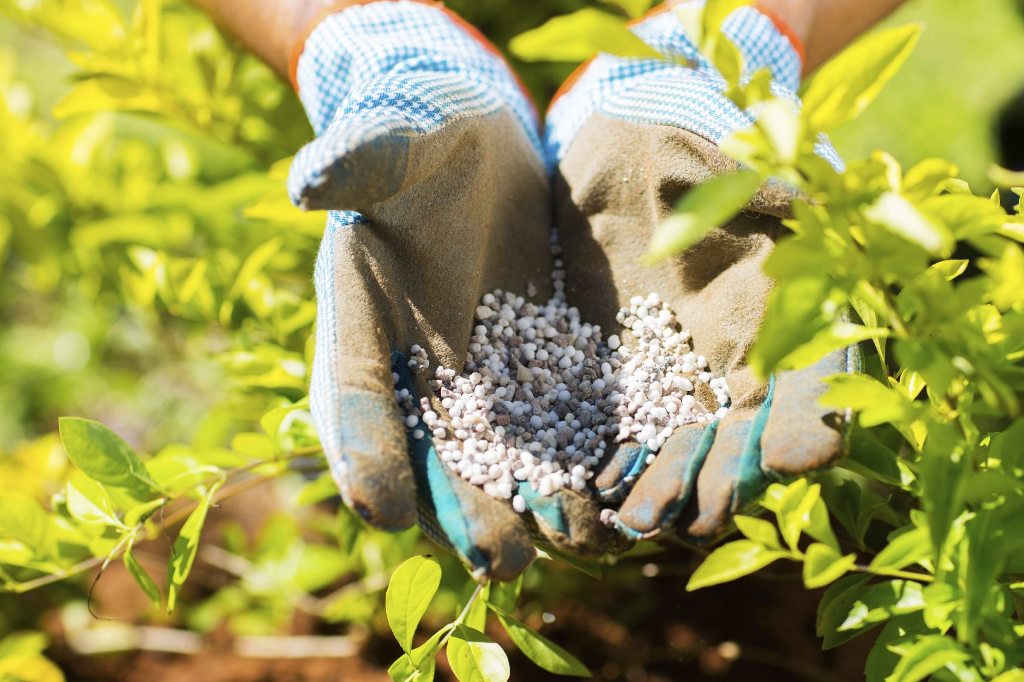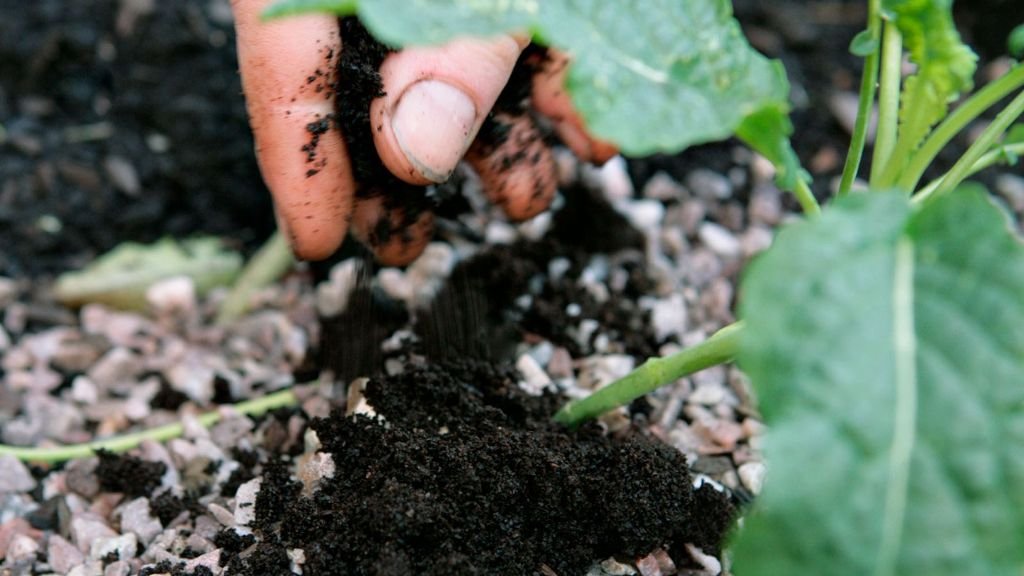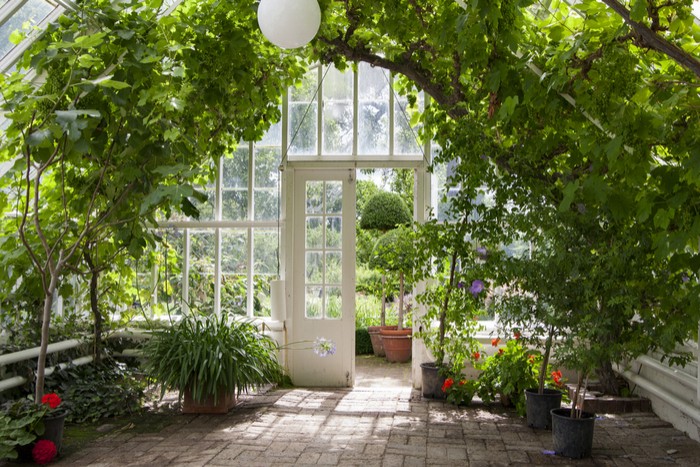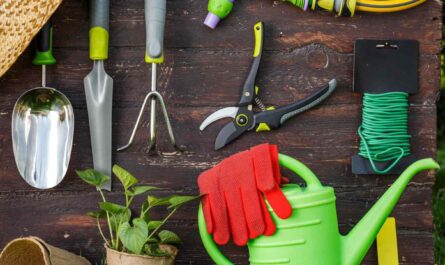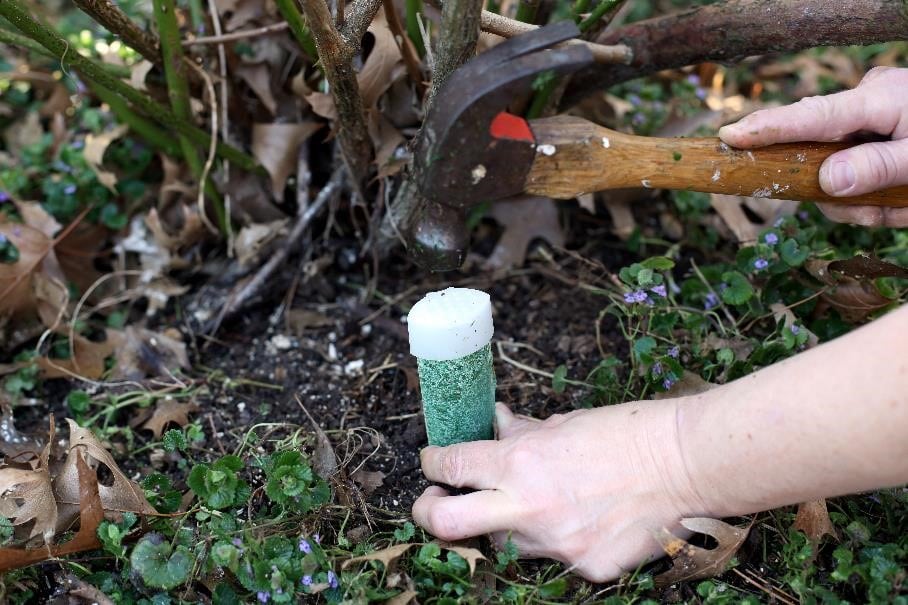Welcome to our summer wildflower guide! Dive into the vibrant world of wildflowers as we explore the top picks for your summer garden. From the cheerful blooms of Black-eyed Susans to the delicate elegance of Purple Coneflowers, discover the best wildflowers to add color and beauty to your landscape this season.
1. Black-Eyed Susan (Rudbeckia hirta)
Black-Eyed Susan (Rudbeckia hirta) is a wonderful addition to any garden due to its vibrant yellow petals and dark, contrasting centers. By providing proper care, you can enjoy the vibrant blooms of Black-Eyed Susans throughout the summer and even into the fall, as they are known for their long flowering period and ability to attract pollinators like butterflies and bees.
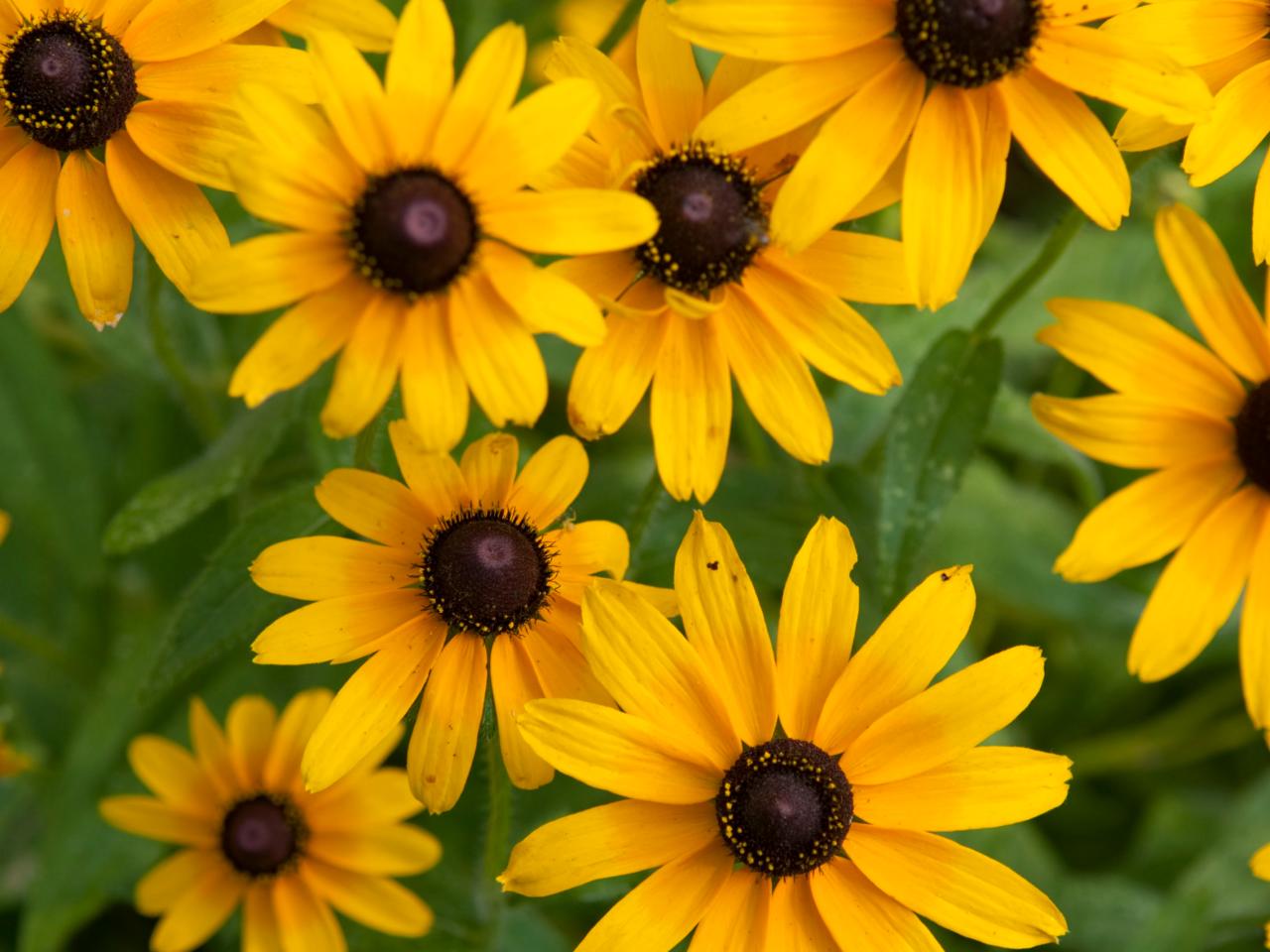
How to Care
- Sunlight: Black-Eyed Susans thrive in full sun, so make sure they receive at least 6 to 8 hours of direct sunlight per day. They can tolerate partial shade, but their flowering may be reduced.
- Soil: These plants prefer well-drained soil that is rich in organic matter. They can tolerate various soil types, including clay and sandy soils, as long as drainage is adequate.
- Watering: While Black-Eyed Susans are drought-tolerant once established, they benefit from regular watering, especially during dry spells or in containers. Water deeply but infrequently to encourage deep root growth.
- Mulching: Applying a layer of mulch around the base of the plants helps retain soil moisture, suppresses weeds, and moderates soil temperature. Organic mulches like shredded bark or compost are ideal.
- Fertilizing: Black-Eyed Susans are not heavy feeders, but you can apply a balanced, slow-release fertilizer in early spring to promote healthy growth and abundant blooms. Follow the manufacturer’s instructions for application rates.
2. Blanketflower (Gaillardia)
Blanketflower (Gaillardia) is indeed a stunning addition to any garden, with its vibrant red and yellow daisy-like flowers that bloom profusely throughout the summer and into fall.
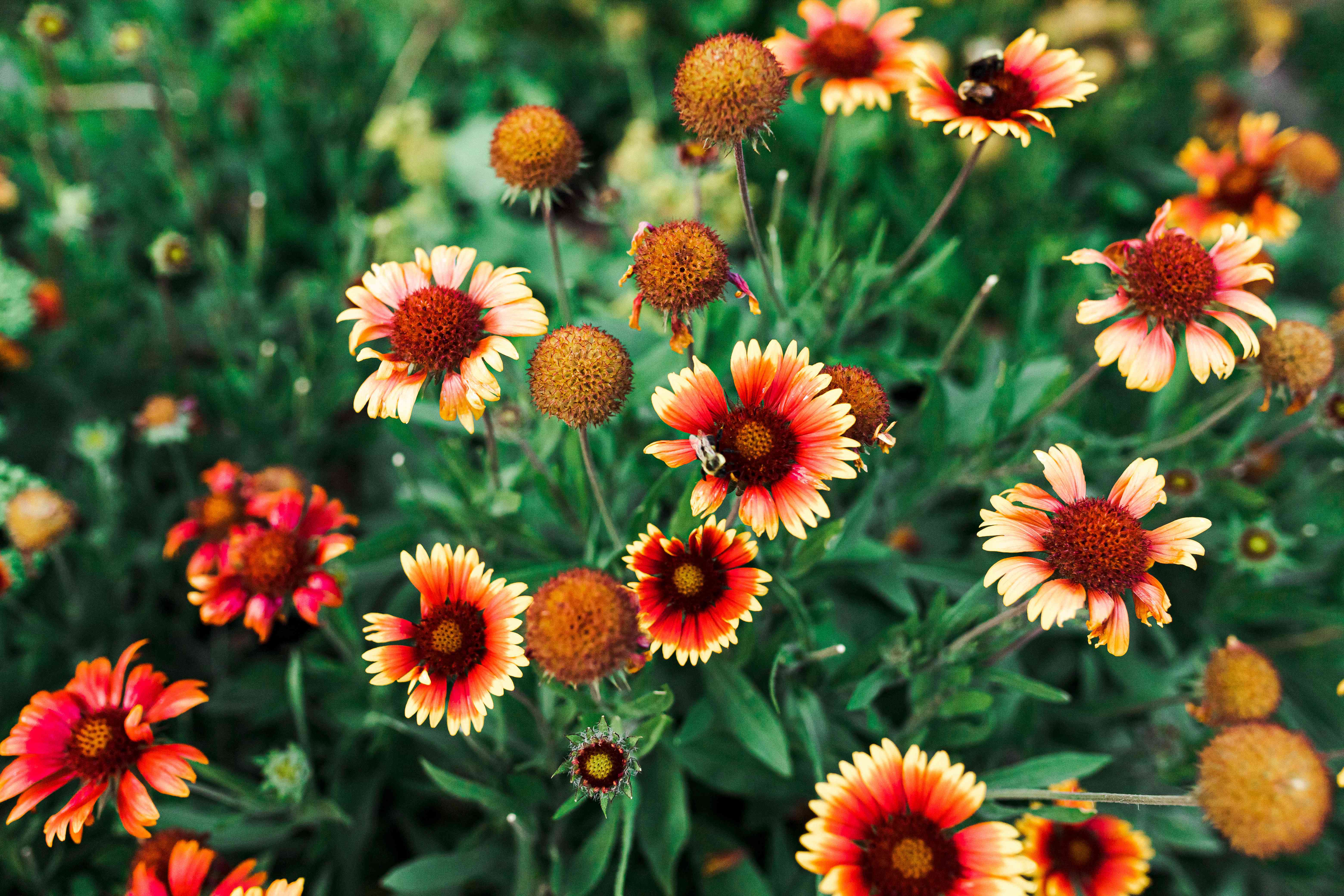
How to Care
- Sunlight: Blanketflowers thrive in full sunlight. Make sure to plant them in an area where they will receive at least 6 to 8 hours of direct sunlight per day. Insufficient sunlight may lead to leggy growth and fewer blooms.
- Soil: These flowers prefer well-draining soil with a slightly acidic to neutral pH level. Amending heavy clay soil with organic matter like compost can improve drainage and provide essential nutrients. However, blanketflowers are adaptable and can tolerate various soil types, including sandy or rocky soil.
- Watering: Once established, blanket flowers are quite drought-tolerant and don’t require frequent watering. Water deeply but infrequently, allowing the soil to dry out between watering. Over watering can lead to root rot and other fungal diseases, so it’s best to err on the side of under watering rather than over watering.
- Fertilization: Blanket flowers are not heavy feeders and generally don’t require much fertilizer. A light application of balanced, slow-release fertilizer in early spring can help promote healthy growth and abundant blooms. Avoid excessive nitrogen fertilizers, as they can encourage lush foliage at the expense of flowering.
- Deadheading: To encourage continuous blooming throughout the summer and into fall, deadhead spent flowers regularly. Simply pinch or cut off the faded blooms to promote the development of new buds. This also prevents the plant from self-seeding too aggressively.
- Division: Every few years, blanket flowers may benefit from division to rejuvenate crowded clumps and improve overall vigor. Divide the plants in early spring or early fall, lifting them carefully and separating the clumps into smaller sections. Replant the divisions in prepared soil, ensuring they are well-watered until established.
3. Lavender (Lavandula)
Certainly! California poppies (Eschscholzia californica) are beautiful and low-maintenance wildflowers that are well-suited to hot, sunny conditions. By providing these basic care requirements, you can enjoy the brilliant orange blooms of California poppies throughout the summer months with minimal effort. Their vibrant flowers not only add beauty to the garden but also attract beneficial pollinators like bees and butterflies.
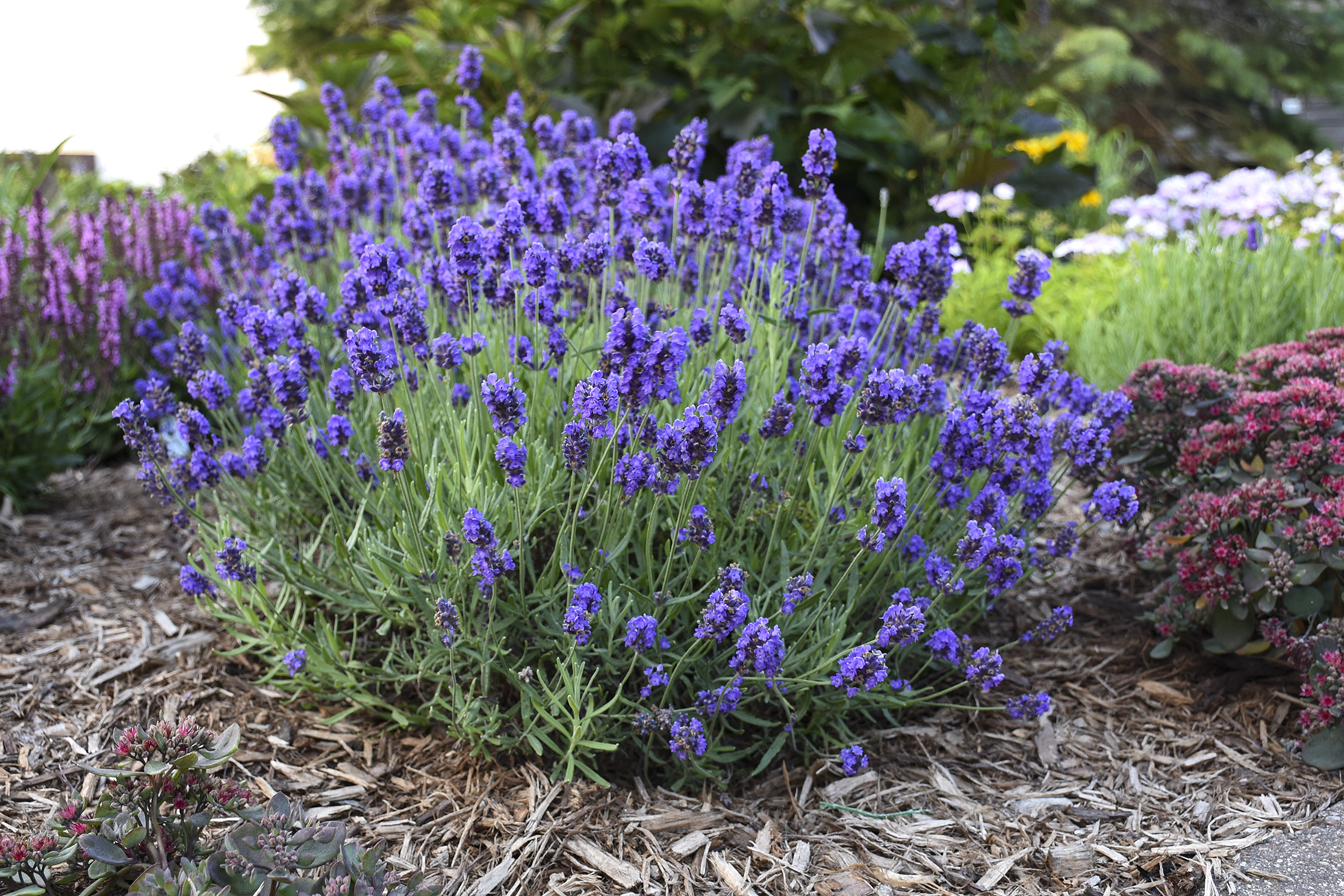
How to Care
- Sunlight: Lavender thrives in full sunlight, so choose a location in your garden that receives at least 6 to 8 hours of direct sunlight per day. Without enough sunlight, lavender may become leggy and produce fewer flowers.
- Well-Drained Soil: Lavender prefers soil that is loose, well-drained, and slightly alkaline with a pH between 6.5 and 7.5. Heavy or waterlogged soil can lead to root rot and other problems. If your soil is heavy, consider amending it with sand or gravel to improve drainage.
- Watering: Lavender is drought-tolerant once established and prefers to be on the drier side. Water newly planted lavender regularly to help establish its root system, but once it’s established (usually after the first growing season), water sparingly. Allow the soil to dry out between waterings to prevent root rot.
- Mulching: Applying a layer of mulch around lavender plants can help conserve soil moisture and suppress weeds. Use a light-colored mulch like gravel or crushed stone to reflect heat and keep the soil warm.
- Pruning: Pruning is essential for keeping lavender plants healthy and promoting bushy growth and abundant flowering. Prune lavender lightly in early spring to remove dead or woody growth and encourage new growth from the base. After flowering, trim back spent flower stalks to promote additional blooms and maintain the plant’s shape.
- Fertilizing: Lavender is a relatively low-maintenance plant and doesn’t require much fertilizer. In fact, too much fertilizer can lead to excessive leaf growth at the expense of flowers and may even cause the plant to become leggy. If your soil is poor, you can apply a balanced fertilizer sparingly in spring, but avoid high-nitrogen fertilizers.
- Overwintering: In colder climates, lavender may need protection from freezing temperatures. Mulch around the base of the plant in late fall to insulate the roots, or consider covering the plant with a breathable fabric or burlap if temperatures drop significantly.
- Propagation: Lavender can be propagated from cuttings or by dividing mature plants. Take softwood cuttings in late spring or early summer, and root them in well-draining soil or a rooting hormone solution. Dividing mature plants is best done in spring or fall when the plant is not actively flowering.
4. California Poppy (Eschscholzia californica)
California poppies (Eschscholzia californica) are beautiful and low-maintenance wildflowers that are well-suited to hot, sunny conditions. By providing these basic care requirements, you can enjoy the brilliant orange blooms of California poppies throughout the summer months with minimal effort. Their vibrant flowers not only add beauty to the garden but also attract beneficial pollinators like bees and butterflies.
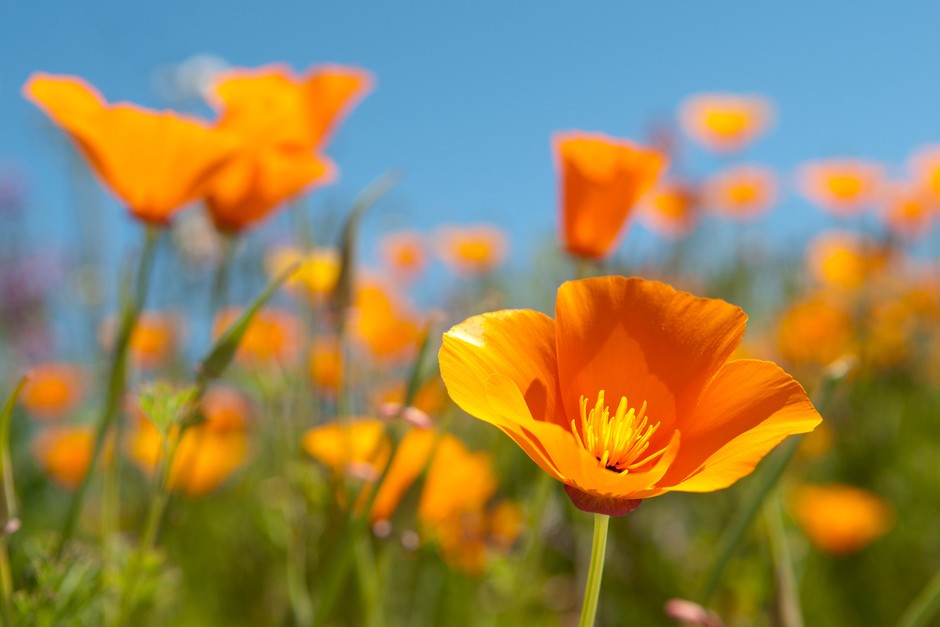
How To Care
- Sunlight: California poppies thrive in full sun, meaning they require at least six hours of direct sunlight per day. Plant them in a location where they will receive plenty of sunlight throughout the day.
- Soil: These wildflowers prefer well-draining soil with a slightly acidic to neutral pH. They can tolerate poor soil conditions, including sandy or rocky soil. Avoid over-fertilizing, as it can encourage lush foliage at the expense of flowers.
- Watering: Once established, California poppies are drought-tolerant and generally do not require frequent watering. Allow the soil to dry out between waterings, as they are susceptible to root rot in waterlogged soil. During prolonged dry spells, provide occasional deep watering to help them thrive.
- Propagation: California poppies readily self-seed, so once established, they often return year after year. Allow the seed pods to dry on the plant, then collect the seeds for future planting. Alternatively, you can let the seeds fall naturally and allow the poppies to reseed themselves.
- Maintenance: These wildflowers are relatively low-maintenance, but deadheading spent flowers can prolong the blooming period and prevent self-seeding where not desired. Simply pinch off faded blooms to encourage continued flowering.
- Pests and Diseases: California poppies are generally pest and disease-resistant. However, they may occasionally attract aphids or suffer from powdery mildew in humid conditions. Monitor your plants regularly and address any pest or disease issues promptly.
- Companion Planting: California poppies can be planted alongside other drought-tolerant and sun-loving plants, such as lavender, salvia, or yarrow, to create a colorful and pollinator-friendly garden bed.
5. Bee Balm (Monarda)
Bee balm, also known as bergamot, attracts hummingbirds and bees with its colorful, tubular flowers in shades of pink, red, and purple. Monarda, is a beautiful and useful addition to any garden. By following these care tips, you can enjoy healthy and vibrant bee balm plants in your garden, attracting hummingbirds, bees, and other pollinators with their colorful blooms and fragrant foliage.
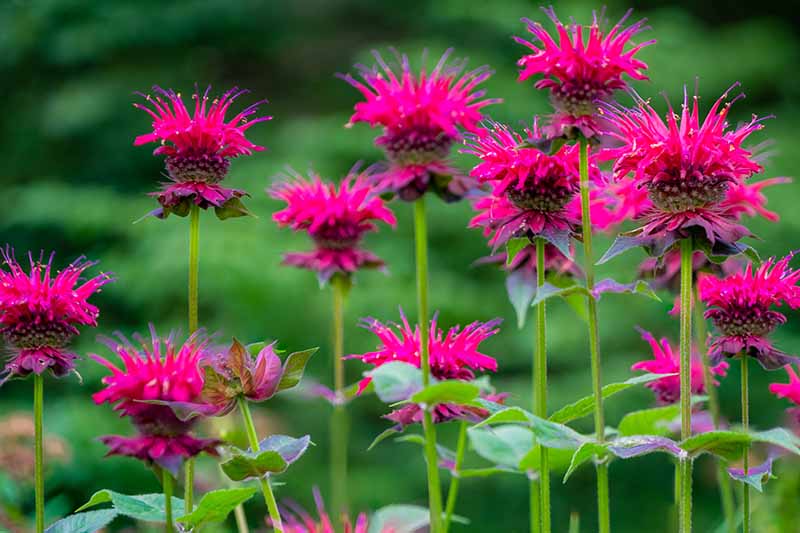
How to Care
- Sunlight: Bee balm prefers full sun to partial shade. Plant it in a location where it will receive at least 6 hours of sunlight per day for optimal growth and blooming.
- Soil: Bee balm thrives in moist, well-drained soil with a slightly acidic to neutral pH level (around 6.0 to 7.0). Amending the soil with organic matter such as compost can improve drainage and fertility.
- Watering: While bee balm prefers consistently moist soil, it is important not to overwater, as soggy conditions can lead to root rot. Water deeply when the soil begins to dry out, especially during hot and dry periods.
- Mulching: Applying a layer of mulch around the base of the plant helps retain moisture in the soil, suppresses weeds, and regulates soil temperature. Organic mulches like shredded bark or straw are ideal.
- Fertilizing: Bee balm is not heavy feeder, but a light application of balanced fertilizer in the spring can encourage healthy growth and blooming. Avoid over-fertilizing, as this can lead to excessive foliage at the expense of flowers.
- Pruning: Deadheading spent flowers can prolong blooming and prevent self-seeding. Additionally, cutting back the stems to the ground in late fall or early spring can help rejuvenate the plant and prevent overcrowding.
- Division: Bee balm tends to clump and spread over time. Every few years, consider dividing overcrowded clumps in the spring or fall to maintain plant vigor and prevent the center from dying out.
- Pest and Disease Management: While generally resistant to pests and diseases, bee balm can occasionally suffer from issues such as powdery mildew or spider mites. Providing good air circulation, avoiding overhead watering, and promptly removing any affected foliage can help prevent these problems.

